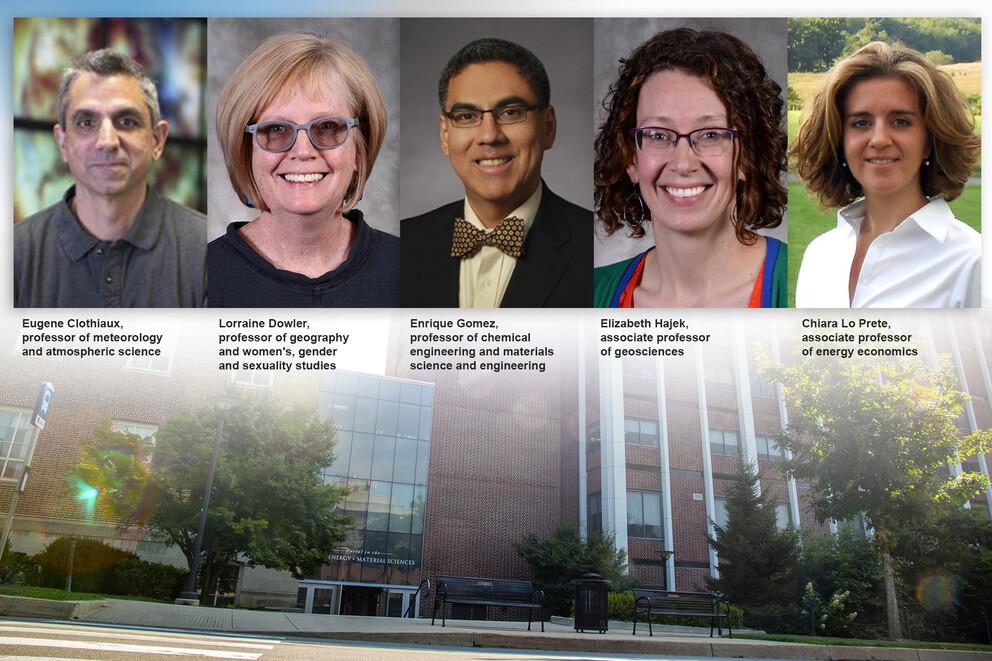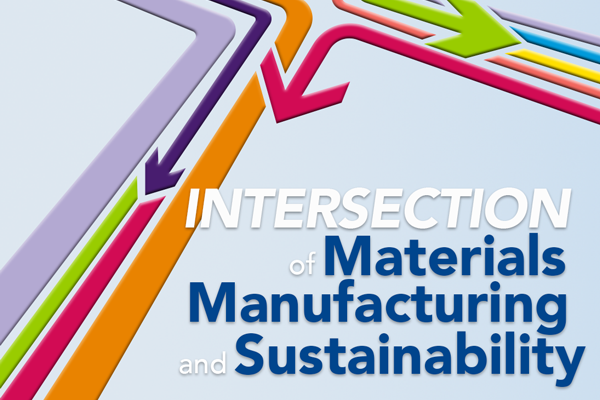All of the data produced or used in 2020 was estimated to be about 59 zettabytes, each of which equals a billion terabytes. If each terabyte represents a mile, 59 zettabytes would allow for almost 10 full round trips from Earth to Pluto.
A new family of materials that could result in improved digital information storage and uses less energy may be possible thanks to a team of Penn State researchers who demonstrated ferroelectricity in magnesium-substituted zinc oxide.
A national research center that brings together university, industry and government partners to develop atom-thin 2D coatings with wide-ranging industrial applications is expanding thanks to a grant from the National Science Foundation (NSF).
Travis Peters, a doctoral candidate in materials science and engineering at Penn State, will spend a year researching wearable electronics for medical use at Oak Ridge National Laboratory as part of an elite program funded by the U.S. Department of Energy (DOE).
Furthering its mission to support diversity, equity, inclusion and belonging (DEIB), the College of Earth and Mineral Sciences (EMS) has provided funding for each of its five departments to appoint faculty to serve as DEIB associate heads.
Registration is now open for Penn State’s annual Materials Day, to be held Oct. 12-13 as a hybrid event both virtually and on the University Park campus. This year’s theme is "The Intersection of Materials, Manufacturing and Sustainability."
Two-dimensional materials are essential for developing new ultra-compact electronic devices, but producing defect-free 2D materials is a challenge. However, discovery of new types of defects in these 2D materials may give insight into how to create materials without such imperfections, according to a group of Penn State researchers.
In nature, the interaction of molecules at the boundary of different liquids can give rise to new structures. These self-assembling molecules make cell formation possible and are instrumental to the development of all life on Earth.
Penn State’s Radiation Science & Engineering Center (RSEC), home to the Breazeale Reactor — the nation’s first licensed and longest continuously operating nuclear research reactor, is expanding to accommodate an equipment donation valued at $9.8 million and to facilitate more advanced neutron beam research as well as the growth of nuclear engineering at Penn State. With the support of the College of Engineering, in partnership with the Ken and Mary Alice Lindquist Department of Nuclear Engineering, RSEC will launch a joint initiative as part of the expansion to support novel studies in fundamental and applied research for Penn State faculty and students, industry, and collaborative universities and institutes.
More than 1,600 researchers in six of the world’s seven continents have requested parameters for a ReaxFF reactive force field developed by a Penn State researcher and used as a valuable research tool in fields as varied as biomaterials, polymers, batteries and 3D printing.











